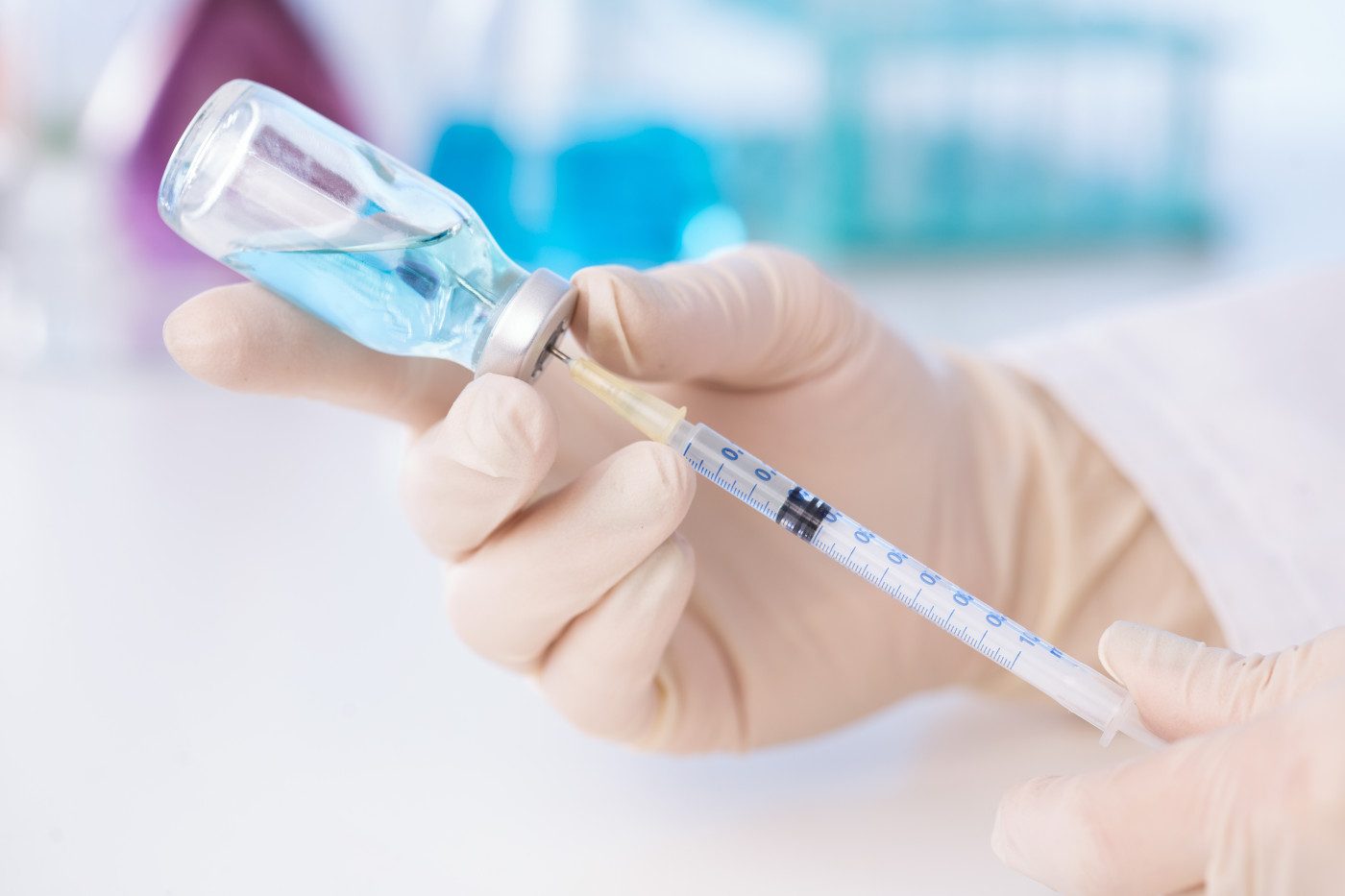Sickle Cell Takes a Toll on My Veins

Small veins and sickle cell are never a good mix. As luck would have it, I have both!
From an early age, I associated my health with injections. I would beg not to be taken to the hospital to treat a crisis, as I knew I would be treated with fluids and medication intravenously. I would wince every time a nurse drew blood for my monthly blood tests and I would sob when I had to get another vaccination. However, I quickly learned that the sting of a needle was a necessary evil and it would help me in the long run. For a while now I have been able to “suck it up” and brave the pinch.
As I got older, I started to realize that the pain from a needle was no longer the issue. Nurses and doctors struggled more and more to find a good vein they could easily access. What should normally be done in one try could take up to five attempts.
To sit and bear the stings of all the failed attempts is definitely frustrating. I’m not as fazed by the pain since my healthcare plan changed to monthly red cell exchange transfusions, but I’ve become increasingly worried about the health of my veins. The needles the aphesis nurses use during this procedure are much thicker and longer than the needles used during a simple blood test, and they tend to leave a scar, which makes me feel self-conscious.
When I share my experiences with others who have sickle cell, the topic of getting a port-a-cath or a femoral line always arises … and my heart drops!
A port-a-cath is a small medical device that provides direct access to a central vein. This device sits under your skin, often in your chest area, and connects to a central line. It can last for years. A femoral line is a flexible tube that is placed into a large vein in your upper thigh and lasts up to 24 to 48 hours.
I genuinely fear these things. Every time I see the names my heart skips a beat.
The thought of me needing one randomly crossed my mind at work a few months ago and I sat behind my desk, fighting back tears and sad feelings. The longer I thought about it the more worried I became.
Whenever one of these is suggested as an option for me I shut down the topic completely. I’ve never entertained the idea.
I still don’t want to entertain the idea, but I can’t be ignorant.
Some may think I’m being dramatic and ungrateful. Don’t get me wrong — I am thankful for modern medicine and the methods that exist to make sure I’m as healthy as possible. I do take comfort in the fact that there are other ways to administer my life-saving treatment if the veins in my arms are no longer usable. But honestly speaking, I hope this is never my only option.
I know of many people who have opted to use a port-a-cath or femoral line during the early stages of their treatment and they have never looked back!
Maybe I am being dramatic, but I’m just sharing how I currently feel.
If you have a port-a-cath or femoral line, please share your thoughts on it in the comments below.
***
Note: Sickle Cell Anemia News is strictly a news and information website about the disease. It does not provide medical advice, diagnosis, or treatment. This content is not intended to be a substitute for professional medical advice, diagnosis, or treatment. Always seek the advice of your physician or other qualified health provider with any questions you may have regarding a medical condition. Never disregard professional medical advice or delay in seeking it because of something you have read on this website. The opinions expressed in this column are not those of Sickle Cell Anemia News or its parent company, BioNews Services, and are intended to spark discussion about issues pertaining to sickle cell anemia.







Comments
Cynthia-Mae Askie
I was never able to find out the type of sickle cell I was dealing with, but I have had many complications to sickle cell trough out my life. Acute liver, kidney, heart, and pancreatic failure. I have also have several strokes. One of them cause me to go through speech therapy. To God be the glory that I haven’t had any lasting effects from any of them. I have had 5 ports implemented under my skin though out the years, many central lines for blood exchanged transfusions. There was one time when I had two ports implemented at ones.My problem with the ports although they are great for access when ever you need treatment and your veins are not cooperating, I have had sever infections with all of them where they had to be taken out. My first port I was 18 yrs old. I had it for 5 years. I almost lost my left arm because the port grew an infection. I have had blood poison because of the ports. I am not saying this to scare you but I want you to be better informed. I liked the ports because it meant only one poke and I had access to get my labs done, do my transfusions, and get medicine. As you know the ports don’t last very long. I have many scars on my chest from surgery and marks on my neck from central lines. I’m proud to wear my scars because they show my battles( battle scars). Now because my veins are so bad, and my iron very high, I don’t get transfusions anymore. I’m taking Endari and Obryxta in my treatment. I have never felt so good. I hope I have helped You in a small way.
Tito Oye
Thank you so much for sharing. This is so informative!
I am so happy that you've been able to overcome it all and that you've found something that works so well!!! ♥️
Mae Crowder
Healthy activities that promote an active and healthy body such as jogging and brisk walking have also increased greatly in modern times. Today, millions of Americans run marathons or participate in triathlons, something that was once reserved for the few super athletes. But keeping your body healthy goes beyond physical health and eating healthy.
Michael Briggs
Around forty five percent of women and twenty percent of men report issues with vein health starting around the age of thirty. This number only increases with time and by the age of fifty, vein health issues affect sixty five percent of women and forty two percent of men. Much of this include the formation of varicose and spider veins.
T. Girard
I am a 48 y.o. sickle cell patient with 2 Bard power ports. I receive red blood cell exchange transfusions every 4-6 weeks. The power ports are much better than regular ports, in my opinion. I just recently had my 2 ports replaced in March of 2021,that were originally placed in 2012. Before getting the power ports I had several regular ports between 2005-2012 that did get infected regularly and caused a lot of problems. However, I had none of those problems with my Bard Power ports. They last a long time if properly maintained and are a life saver considering that I have horrible small rolling veins.
Janet Nyambok
Hi Tito! Thank you for writing this article. I’m 31 with sickle cell and small veins as well. Over the years, I have been asked if I would like to have a port, but I’ve always said no. I am afraid of invasive objects or lines being inserted because my immune system is already weak to begin with. Every time I have something inserted for a long period of time, my body tries to fight it & it becomes infected, which is the main reason I have refused to have a port. It’s a struggle and a hard decision to make, but ultimately I have made the right decision for me and I just deal with my veins as I cross that bridge.